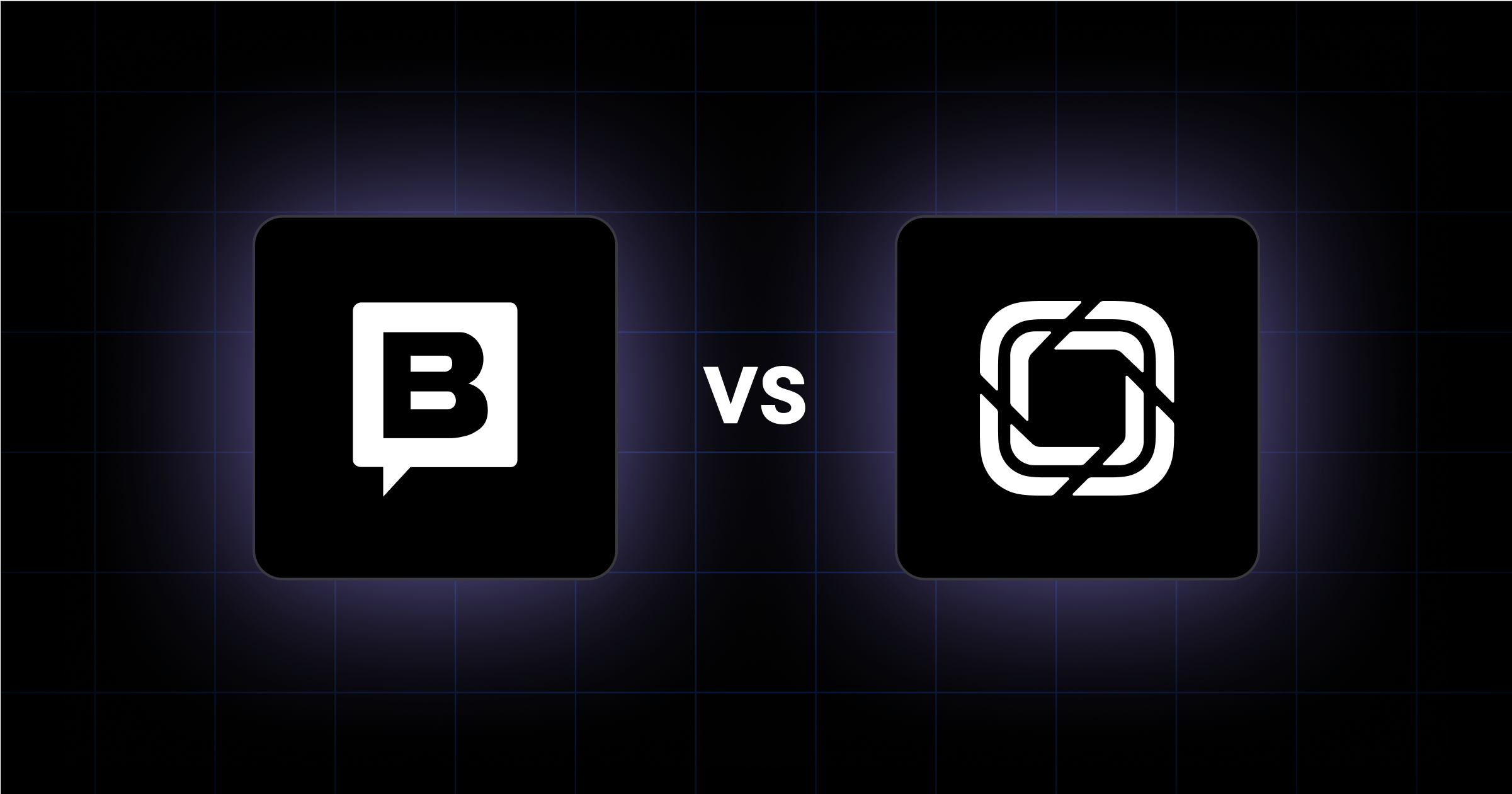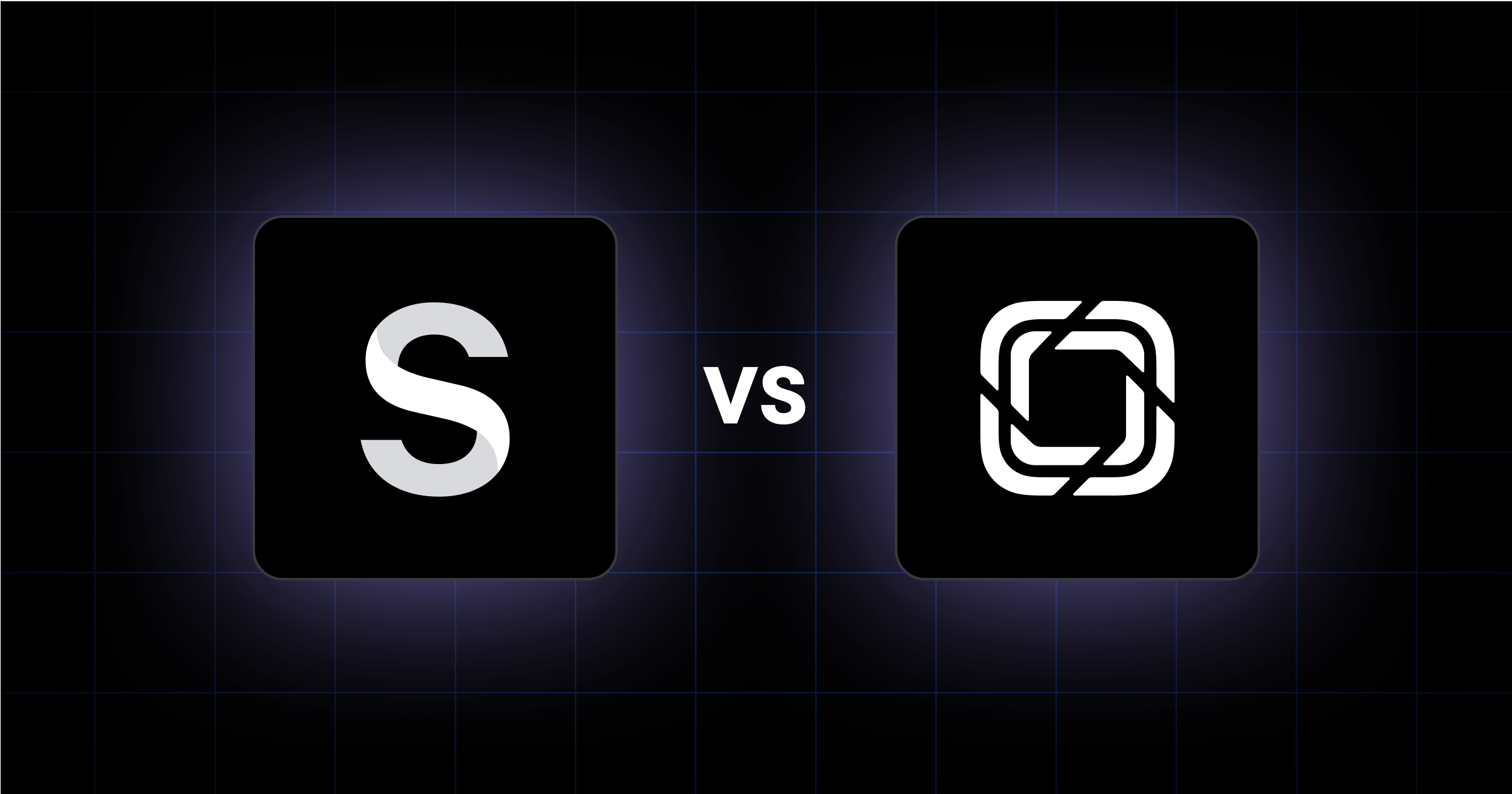Your organization is now more familiar with RevOps than they ever were.
Now organizations must understand how their technology stack must perform to keep the top-line aligned with the revenue goals.
Aligning the technology stack across the whole company is essential—But first, organizations must determine if their technology stack is capable of centralizing operations around customer data.
A Technology Stack in Revenue Operations is Required
The technology stack is a set of tools that are used to carry out an idea, process, or operations throughout a company—in other words, the foundation of a team’s operations.
As mentioned in a previous blog post on RevOps, it used to be that marketing and sales teams that weren’t aligned used different tools according to their job tasks.
Technology stacks weren’t aligned but instead were siloed along with marketing, sales, and customer success departments. Under a RevOps strategy, the top-line doesn’t function independently and must be strung together by a team’s technology stack.

Now that Revenue Operations is in the picture, it is vital for all teams responsible for revenue growth to be aligned by their technology stack.
RevOps unifies both the technology and processes across teams involved with the revenue engine to enable the free flow of data, efficient goal-sharing and open channels for sharing information.
With customer success teams getting involved in the playbook, all operations must align under the RevOps umbrella for the revenue stream to stay profitable. But not all organizations have tech stacks that are suited to facilitate the top-line.
Challenges of Building a RevOps Technology Stack
It is common for organizations to remain stagnant.
Whether they have reasons or not, challenges force teams to stay within the confines of their comfort. Here are some of the challenges that may keep decision-makers from building a technology stack that is more suitable for RevOps:
1. Risk of Disrupting Normal Operations
The risk of trying something new is daunting for everyone. Organizations fall into the habit of not knowing what change is, failing to understand that progressing forward can lead to growth.
These organizations are okay with the tools they have because they’ve mastered them and would hate to do it all over again.
They also understand that a tech stack transition potentially means adopting technology that has too many features and can lead to problems downstream with adoption, ROI, and proficiency.

Krish Subramanian disagrees. The Founder of Chargebee wishes that she could go back and not only think about Revenue Operations from the start but begin building out a RevOps technology stack.
A technology dedicated to RevOps eliminates all implications and gives teams a grander scope of how tools are being used by different teams.
Acquiring a new technology stack doesn’t disrupt normal operations, but instead gives operations that extra boost teams need to hone in on the revenue target.
2. Cost of Acquiring New Technology
44% of organizations are planning to increase their IT budget spending in 2020. Spending can be a growing pain for organizations that may have a tight budget or simply hate spending on new technology when they’ve previously invested in their stack.

But when the industry trend is increasing IT budgets across the boards, it is an indicator that acquiring new tools for a RevOps technology stack is deemed an investment and not a risk. Revenue professionals find themselves being the decision-maker when it comes to managing software budgets.
Therefore, they must avoid choosing the cheapest tech stack options and go for the solution that will make the RevOps transition much smoother.
3. Scoping with No Strategic Process
Swinging a bat with a blindfold on puts batters at a disadvantage. Removing the blindfold puts them in a better position to hit the ball.
This explanation corresponds to organizations that fail to scope a project, which in this case is adding the right tools to their tech stack that’ll meet their RevOps objectives.
When an organization is only using 60% of a tool in the technology stack that their organization invested in, then the scoping process was not efficient.

This can lead a team to purchase another product because they didn’t know the feature existed in one of the products they already use.
Luckily, Revenue Operations is transparent with what the ultimate goal is, which is to better understand customers at every stage of the buying process.
Scoping is done. Don't adopt the best technology for the sake of it, but instead acquire the tools that will enhance your organization's customer journey.
A Technology Stack Helps Teams Transition to RevOps
50% of all IT projects fail due to the lack of software and business alignment. RevOps is meant to ensure organizations don’t form part of this underwhelming statistic.
Of course, a few organizations may currently have a technology stack that is suited to facilitate aligned operations and avoid failure. These teams may likely not have to alter their toolset.
However, organizations must strongly consider strengthening their technology stack to support alignment along the top-line if it is obvious that it can’t support Revenue Operations.
The ideal RevOps technology stack is composed of tools that track data for the top-line and are capable of integrating with other tools to keep metrics updated and synced to platforms across the organization.
The technology stack in a RevOps strategy must align teams together and combine data from different systems to better understand the customer lifecycle. It’s all about finding a way to get a clear view of prospects and customers at all stages to maximize lifetime value (LTV).

Customers are the focal point. An organization’s technology stack must assess customers at every stage and convert useful information into data that can be used by marketing, sales, and customer success teams.
Essentially, the goal of a RevOps technology stack is to gather as much data on customers and store it in a platform where it can be accessed by everyone to avoid any mismatches that can cause inefficiencies.
This will ensure teams are working from the same data set and focusing on customer experiences.
While working with what you have may seem like a viable option, it will make it more difficult for teams to stay on the same page. Upgrading your technology stack does come with its challenges, but it eliminates all friction created by a tech stack that can’t align customer data.
A RevOps Technology Stack is Essential
Remember, the ultimate goal of a RevOps technology stack is to not only help drive revenue but to share customer data efficiently from team to team. If your organization’s tech stack is capable of maximizing LTV, then start the RevOps process.
For those teams who have technology stacks that aren’t yet ready to handle the load, it’s time to think outside the box and begin the scoping process.




